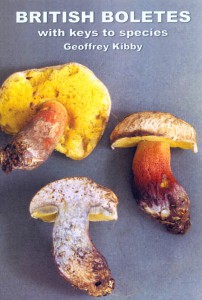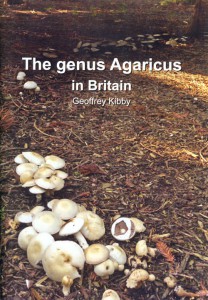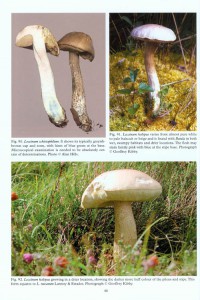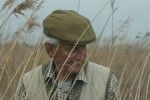 The Crossley ID Guide series hit the market in 2011 with the guide to Eastern Birds, marking a revolution in identification guides. The plates of birds, scenically arranged in their natural context, are photographic composites and show a variety of angles. They cover plumage, sex, and age variations, and situate the birds among other species for comparison, and in perspectives unusual for an ID guide.
The Crossley ID Guide series hit the market in 2011 with the guide to Eastern Birds, marking a revolution in identification guides. The plates of birds, scenically arranged in their natural context, are photographic composites and show a variety of angles. They cover plumage, sex, and age variations, and situate the birds among other species for comparison, and in perspectives unusual for an ID guide.
With publication of the Raptor guide imminent, we asked ID guide mastermind Richard Crossley about the concept, and how well it’s working so far…
It has been two years since the first Crossley Guide hit the market. It’s a great design – context is often critical when trying to identify birds. How has the Crossley concept been received?
I think it has been received really well. It has been interesting to watch all the different reactions to something that was totally different from anything people had seen before. It has been the biggest hit with beginners and kids because it helps them to understand the ‘big picture’ of how a bird’s appearance and behaviour is linked to where it lives. It makes sense to them and they are generally not biased by any preconceived ideas of what a bird book should look like.
Adapting to this new approach may be harder for long-time birders who have used side-on, white backgrounds with arrows pointing to specific features. It has been interesting to see that many people are slowly but surely coming around, and may be now finding it tougher to look at traditional guides. Particularly inspiring for me are the number of kids who love the ‘discovery’ aspect of the plates. Today, they are taught at school to work things out for themselves by seeing patterns and repetition. This ‘discovery’ within each plate is just like being outdoors, but a lot easier. My dream is that this style of imagery will encourage more people, young and old, to go outdoors and have a better grasp of what they are looking at. That is the biggest compliment for me!
 How would you sell the concept to the average birder who hasn’t been initiated?
How would you sell the concept to the average birder who hasn’t been initiated?
I believe that birding is about the voyage of discovery and that learning how to look is the key. At school there are some teachers who make you learn by memorizing the answers parrot-fashion. The second type of teacher helps you to understand how to work the answer out for yourself. They also make it as fun and realistic as possible with lots of examples to practice on and build confidence. Practice still makes perfect! My books are intended to be the second one.
The intention is for the viewer to enjoy looking at the birds in their habitat, behaving as they do in their world so that birds’ personalities can be understood. Everything is connected so it is logical to show all the dots – the viewer can put them together. Today, we now know how the brain works much better than before and this is the better way to inspire all ages. I suppose the Crossley concept can be described as somewhere between traditional guides and reality.
How did you come to have such a passion for birding, and how did the road lead to the Crossley ID Guide concept?
My teacher, Mr. Sutton, introduced me to birding when I was 10 years old. Remarkably, I lived in Whykeham Forest just down the road from the now famous Honey Buzzard raptor watch site. I had collected eggs since I was 7 years old. I just loved it right away. I think there are lots of reasons why. I feel I have had an incredible life because I have seen and experienced so much in my quest to see birds. Birding has quite simply shaped my life.
Funnily enough, I am not a book person and rarely look at them. My favourite is the Collins Bird Guide, in large part because of Killian Mullarney’s and Dan Zetterstrom’s beautiful vignettes. It seemed logical to make books even more lifelike and create one scene. Digital photography and Photoshop came along just as we started the original edition of The Shorebird Guide. I soon became fascinated with book design. The backbone of The Shorebird Guide was the comparative wader shots and making every image as different as possible from the last one – to keep people interested. Ironically, we couldn’t get the comparative images needed and this was the catalyst for me buying a big ‘fancy’ lens and taking up photography. I soon became hooked. Amazing how things come about! Towards the end of making the The Shorebird Guide there was a simple question. How do you take 5 pages, about 15 photos and put all this information in to one image and make it lifelike?
So what goes into the making of a Crossley ID Guide? Do you do all the photography leg-work?
It is scary just thinking about what goes in to these books. The learning curve in the early days was brutal with so many things to work out. In hindsight, many seem quite obvious now. The close-up section of the backgrounds is the most difficult thing to create. There are so many decisions to make and then you have to try to piece it all together. If you don’t have a large selection of images to choose from, it can seem overpowering at times. It’s like a big jigsaw that can be frustrating but ultimately very rewarding.
I set myself the goal of taking all the images for The Crossley ID Guide: Eastern Birds (I consider over 99 per cent to be good enough). I live with multiple, constantly updated, ‘want lists’ of crazy things. They include certain behaviours, different plumages, habitat shots and flight shots – back then nobody took flight shots of warblers, sparrows etc. I hand-held my big lenses for speed, didn’t use flash and moved quickly – this was not in vogue back then. I didn’t tell people what I was doing for some time because it seemed far-fetched and I didn’t think any one would believe it was possible. Technology has changed a lot in just a few years and now it is possible to get just about any image. How things have changed!
The Eastern guide had over 10,000 photos in it, took 5 years and more money than I care to remember. Most plates have dozens of layers of extracted images and require an intimate knowledge of both Photoshop and understanding what a camera can do. Like everything, practice makes perfect, and I feel like the learning curve is still fairly steep. Perhaps that is why it is still fun.
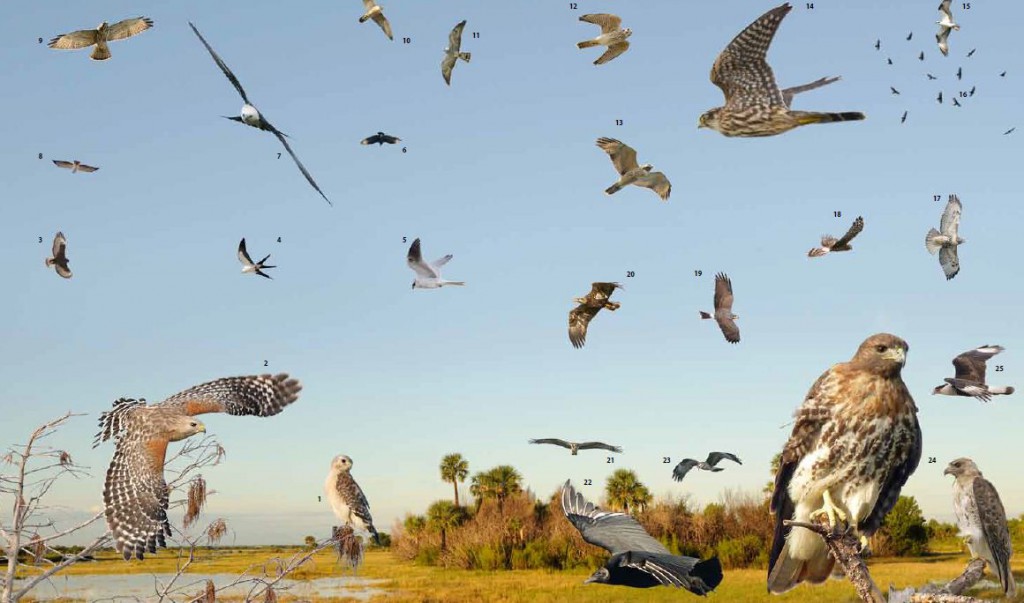 The new book covers raptors in North America – does the chronicling of different kinds of birds in their natural environments present different kinds of challenges to the photographer?
The new book covers raptors in North America – does the chronicling of different kinds of birds in their natural environments present different kinds of challenges to the photographer?
Not really. It is all a challenge but that is the fun. It comes down to creating a mental image of what you want to create like any artist. Going to the right places makes life a lot easier. My paint brush is a camera and Photoshop. It is amazing what you can ‘paint’ these days with a few pixels and some time!
The Crossley ID Guide: Raptors only covers 34 species so it certainly gives you room to express yourself differently from a book covering hundreds of species. That was fun. It is always a challenge to think of new ways to capture people’s interest with new kinds of imagery that bring about a better understanding.
 We are eagerly anticipating the Britain and Ireland guide later this year. Dominic Couzens is providing the text. Where next for the Crossley crusade?
We are eagerly anticipating the Britain and Ireland guide later this year. Dominic Couzens is providing the text. Where next for the Crossley crusade?
The Crossley ID Guide: Britain and Ireland is just about finished. Dominic has been great to work with and I love his engaging writing style. I believe we are very much in sync.
Of course, it was a great excuse to spend a lot of time travelling to get all the photos I needed. Britain and Ireland are so photogenic and I really hope I have captured the essence in the book.
In many ways, this book is for my Dad. He is a very casual birder who loves his backyard and going for a stroll down by the river. Many of the bird books are written for Europe, which he finds a bit overpowering. He is an artist and likes things done right. The true test will be to see if my Dad puts his other books away!
We have lots of other projects going on. Hopefully we can get The Crossley ID Guide: Waterfowl finished in the next six months. We are also just finishing up The Crossley ID Guide: Western Birds. We have a couple more books on the go but I need to get out of the forest before thinking about those.
I am also the co-founder of a new global birding initiative called Pledge to Fledge. The goal is to encourage birders to introduce a non-birder to the outdoors and so fledging a birder. We have 2 weekends a year set aside for this; the next one is April 26-29. Eric Dempsey heads up Ireland and Alan Davies & Ruth Miller Britain (keep an eye on the Biggest Twitch website for more information about events in the UK). This campaign takes up a lot of time but hopefully we can have an impact, particularly in countries where birding is not currently so popular.
And finally, I couldn’t resist: what’s your favourite bird?
Oh come on, hard core birders don’t have favourite birds! Okay, here is your answer. There is one bird I like a lot, and more importantly, we have a lot in common. It is the Sanderling. We are both sort of chunky, always on the run, love the beach and tend to be in photogenic places. Although we both superficially have many colours, if you see past this, we are remarkably consistent in our shape and behaviour. We both travel the world a lot and are approachable – if you can catch up with us. I think Sanderlings are great!
Buy a copy of The Crossley ID Guide: Raptors
The Crossley ID Guide: Britain & Ireland – out November 2013









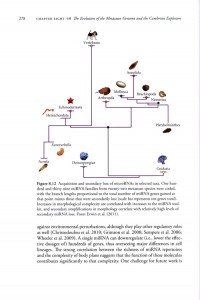

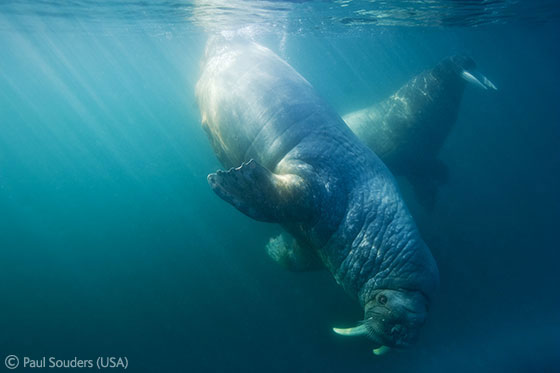

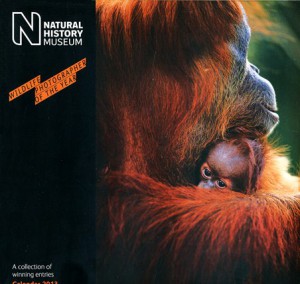

 Mike Dilger – enthusiastic naturalist, freelance presenter and author of
Mike Dilger – enthusiastic naturalist, freelance presenter and author of  In terms of high points, there were simply too many to recount – you’ll have to read the book to uncover them all! The meadow stood out as a stunning success, and in addition to turning up a wide variety of wild flowers, enabled me to add grassland butterflies, like ringlet and gatekeeper, to my garden tally. The simple of addition of a pond resulted in an incredible six species of damselfly and dragonfly laying their eggs into the water. With plenty of food also permanently on offer for the birds, a grand total of 61 species were recorded visiting the garden throughout the year. With foxes and badgers all regular visitors, the biggest surprise of all was the brief appearance of an otter in the brook at the bottom of the garden, which I was lucky enough to spot early one morning whilst listening to the dawn chorus! (see picture – right)
In terms of high points, there were simply too many to recount – you’ll have to read the book to uncover them all! The meadow stood out as a stunning success, and in addition to turning up a wide variety of wild flowers, enabled me to add grassland butterflies, like ringlet and gatekeeper, to my garden tally. The simple of addition of a pond resulted in an incredible six species of damselfly and dragonfly laying their eggs into the water. With plenty of food also permanently on offer for the birds, a grand total of 61 species were recorded visiting the garden throughout the year. With foxes and badgers all regular visitors, the biggest surprise of all was the brief appearance of an otter in the brook at the bottom of the garden, which I was lucky enough to spot early one morning whilst listening to the dawn chorus! (see picture – right)



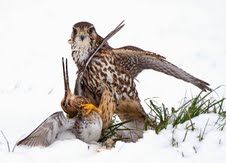 Your photograph, “The assassin”, won the Wildlife Photographer of the Year 2011, Behaviour: Birds category last year. What draws you to birds as a subject in particular?
Your photograph, “The assassin”, won the Wildlife Photographer of the Year 2011, Behaviour: Birds category last year. What draws you to birds as a subject in particular?
